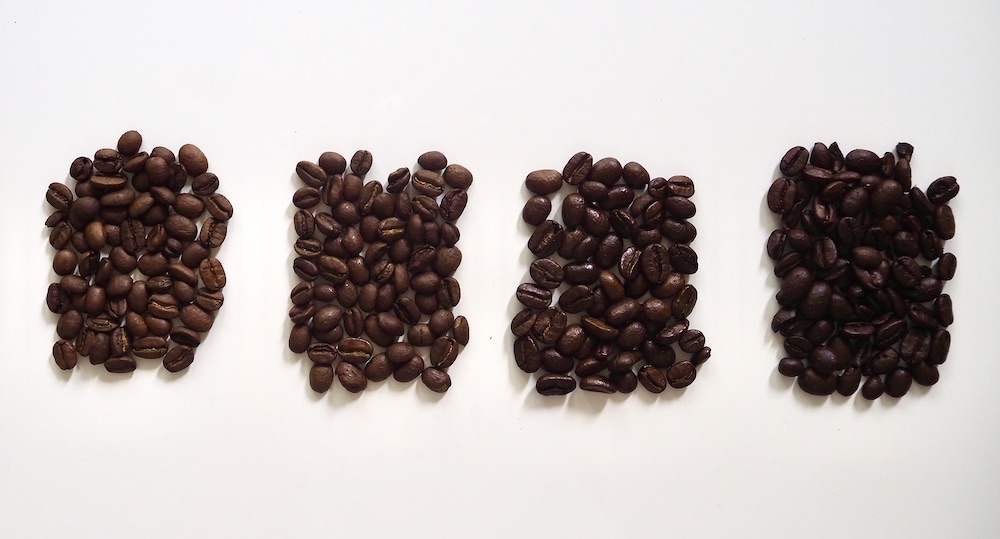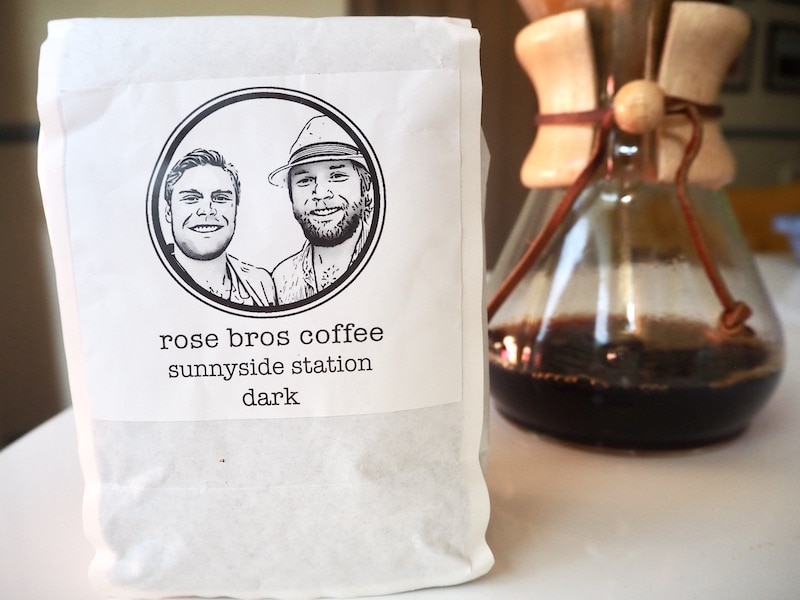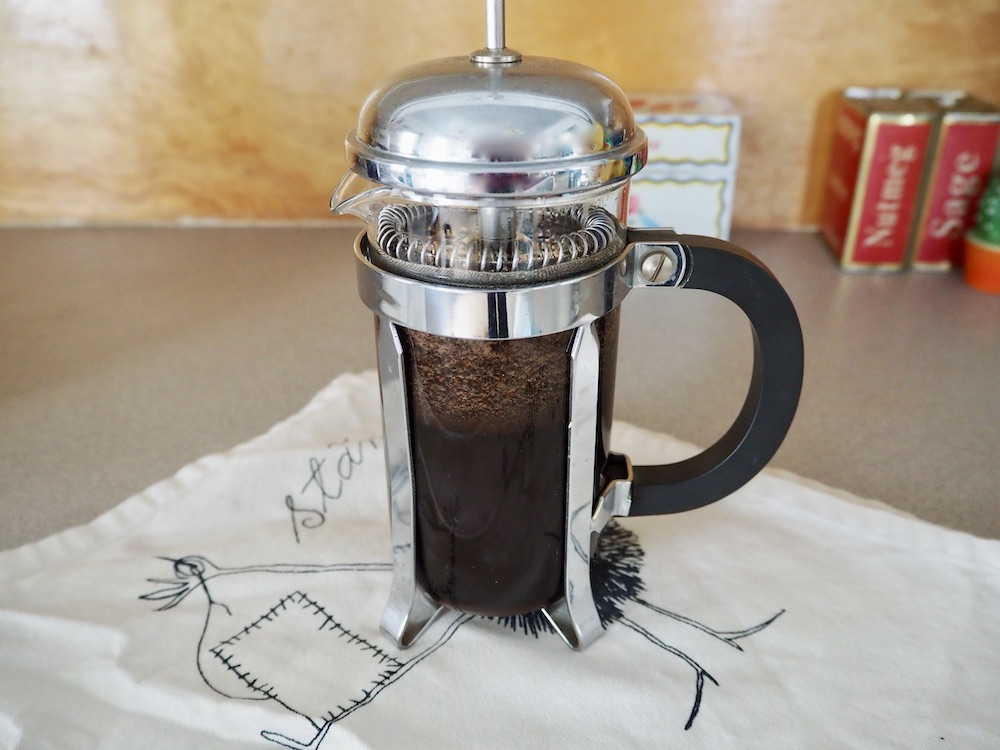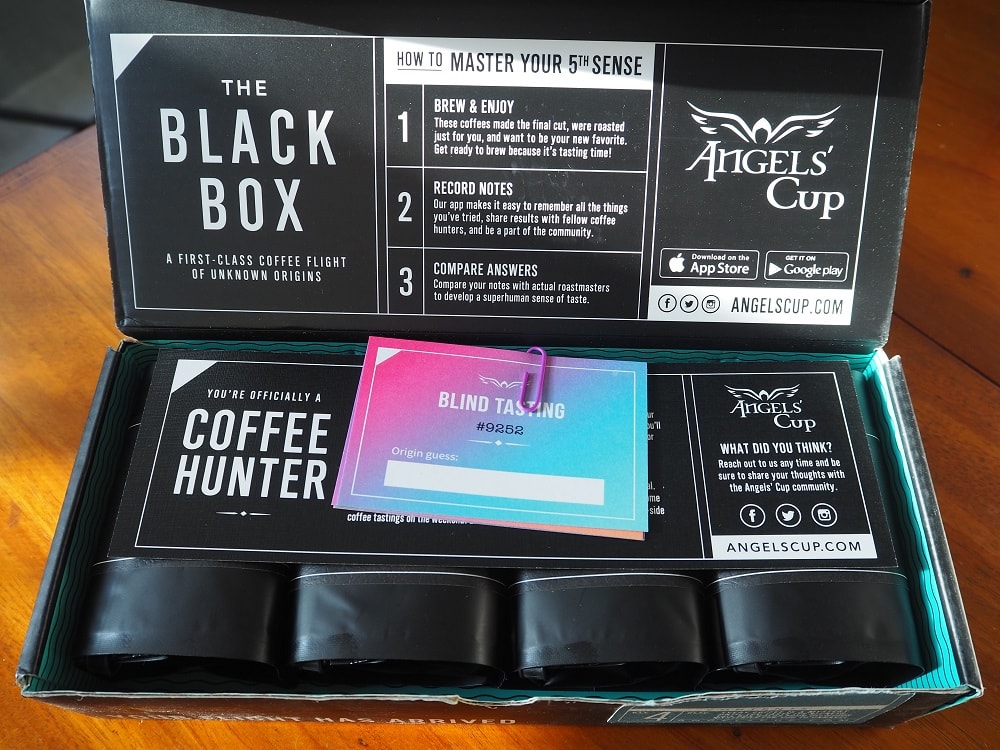
Duality is a fundamental human experience. Good and evil, yin and yang, the dark side and the light side of the force. Many things in life are two sides of the same coin, and in coffee, this duality manifests as light roast coffee and dark roast coffee. For every light roast lover, there is an equal and opposite dark roast devotee that keeps the coffee world balanced.
But enough dramatics, let’s get serious. In this article, we’re going to talk about light and dark roast coffee. If you’ve ever wondered what the differences are between light and dark roasts, this guide is here to sort things out for you. We’ll cover how each is made, what they taste like, and which brewing methods work best for each.

Overview of Light Roast Coffee

Light roast coffee is thinner-bodied, fruitier, and overall, well, lighter than dark roast coffee. It is difficult to talk about roast level in an absolute sense, but we can use the same criteria professional coffee roasters use to get an idea of what we mean when we say “light” or “dark.”
Roasting Characteristics
When coffee beans roast, they crack open as they heat up, and roasters use each successive crack to grade the roast level. Light roast coffee starts at the first crack, which happens when the coffee bean’s internal temperature reaches 385ºF. There is some wiggle room to the definitions, but coffee is still considered light roast until about 405ºF.
Light roasts are not as easy to reproduce as dark roasts, even for experienced professional roasters. It is not uncommon to purchase two bags of the same origin with the same roast level and get slightly different roasts. The window for light roasts is small, and it’s easy to overshoot or undershoot the desired roast level.

Taste
Light roast coffee preserves more of the origin’s flavors where the coffee is grown than medium or dark roast coffee. After about 405ºF as a roast approaches medium, less of the origin’s characteristics will be detectable, and the coffee’s flavor will depend more on the roasting process.
Many people swear by light roast coffee because it lets the variation and uniqueness of different origins shine through in the cup, making trying new origins and comparing them fun and exciting.

Brewing Light Roast Coffee
Unfortunately, light roasts can be more challenging to brew than medium and dark roasts. It is exceptionally easy to make an under-extracted cup of coffee with a light roast and frustrating to waste cup after cup of good coffee trying to get the brew parameters right. Whether or not the effort required to brew a stellar cup of light roast is worth it for you depends on your ability to tolerate tinkering and how much you like the bright, high-acidity coffee light roasts produce.
- Highlights origin’s flavors
- Bright, acidic character
- Fruity floral taste
- Higher caffeine content
- Difficult to brew well
- Roasts are more inconsistent

Overview of Dark Roast Coffee

Dark roast coffee officially starts being called dark at the second crack, which occurs at around 437ºF. Unlike light roast coffee, dark roasts preserve virtually none of the origin’s flavors and instead have their taste entirely determined by the roasting process. Typical flavors found in dark roasts are chocolate, nut, and smoke.
Dark roasts can be easier to roast than light roasts since many roasters will stop the roast right at the second crack, making it easy to reproduce in subsequent batches. Additionally, dark roasts’ flavor changes more slowly than light roasts after a certain point. There are, of course, levels of dark roasts, but they are more similar to each other than light roasts are.

Mouthfeel
One of the most common reasons people give for loving dark roasts is the mouthfeel. Dark roasts are more oily than light roasts, and this oil contributes a significant amount of flavor and texture to the coffee in your mug. Paper filters remove some of the oils, but not all of them, and if you brew without a paper filter, the difference is dramatic. Sometimes light roasts will taste thin and watery, something that rarely happens with dark roasts.
Making Dark Roast Coffee
For you—the at-home coffee brewer—dark roasts offer an attractive advantage over light roasts: simplicity. It is much easier to brew dark-roast coffee and reproduce your results every morning. If you like the idea of doing roughly the same thing but getting nearly identical coffee, dark roasts are probably the way to go.

Sensitive Stomachs
A final point in favor of dark roasts is the low acid and low caffeine content. The roasting process destroys caffeine, and therefore darker roasts have less caffeine than lighter roasts, which surprises most people. We naturally associate strong coffee with a high caffeine content, but the opposite turns out to be true.
If coffee upsets your stomach, dark roasts offer a possible solution since they have significantly lower acidity than light roast coffee. People prone to heartburn or other digestive issues instigated by drinking coffee could experience some relief by sticking with dark roasts.
- Bold flavor profile
- Full-bodied
- Easier to brew
- Lower acidity
- Loses the origin’s unique flavors
- Less possible flavor variation

Which Brewing Method is Best for Each?
Whatever your favorite brewing method happens to be, you can absolutely brew light and dark roast coffee with it. However, some brewing methods lend themselves better to one or the other, and choosing a method that works well with your preferred roast level will increase your enjoyment of your coffee.
We recommend people who love light roast coffee use a pour-over style brewer like a Hario V60 or Chemex. These brewers usually use paper filters which help bring the origin’s unique flavors to the forefront. Pour-over brewers give you much more control over your cup of coffee than other brewing methods, which can be especially helpful when you’re trying to dial in an ornery light roast.
For dark roast fans, we recommend using an immersion-style brewer like a French press. Immersion brewers usually don’t use paper filters which gives a full-bodied dark roast even more oomph. French presses also require coarse grind sizes, which further enhance dark roasts’ chocolatey and nutty tasting notes.
Of course, you can and should try both light and dark roasts in many different brewers and see for yourself which you like best.

Light Roast vs Dark Roast Coffee: Conclusion
We hope you enjoyed this brief rundown of the differences between light and dark roast coffee. Some people swear by one or the other, but we like to drink both depending on our mood. Variety is the spice of life, and we like to keep things interesting by drinking a healthy mix of light and dark roasts.
Light roasts highlight the origin’s unique characteristics, while dark roasts let professional roasters show off their skills. If you follow our recommended brewer guidelines, we think you’ll find your light roasts to be even more bright and vibrant, and your dark roasts deeper and more chocolatey.
See also:















